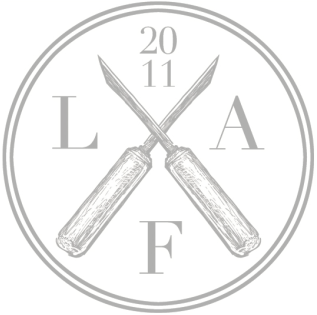Paintings conservator Chris Stavroudis put on an absolute show of force with his two recent online Modular Cleaning Program (MCP) Workshops with the help of paintings conservators Nina Roth-Wells and Tiarna Doherty. I’ve been using the MCP for a little over two years, but after the workshops I appreciate what it can really do. Most eye-opening was how Chris was able to, within a span of minutes, test eight or so different cleaning solutions on a canvas in a systematic, logical way. There is plenty written on the MCP so visit the Western Association for Art Conservators (WAAC) for more information.
Shown in the video are an aqueous and gelled cleaning solution I designed with the MCP for use on a water-sensitive wooden artifact. They are buffered with 0.05M bicine at pH 8.5. The slightly basic pH will help deprotonate aged and acidic decomposition products & soiling materials. The buffered system will keep the pH stable as ionic material comes into solution. This is important because the chelator, 0.05M citric acid, is fully activated above pH 8.0 with all three bonding sites available. The chelator will complex metal ions, trapping them in water soluble cages. The nonionic alcohol ethoxylated/propoxylated surfactant, 0.0015M Surfonic JL-80X (HLB 13.1; 10x cmc), will help dislodge soiling materials from the surface and trap nonpolar grime inside water soluble micelles. The xanthan gum (1.5% of total volume) is a gelling agent that has the viscosity I want (1,550 cP) and works within a broad pH range. The liquid solution will be used with Evolon CR textile to restrict the aqueous phase from penetrating into the wood substructure while the xanthan gum will control dispersion of the aqueous phase.
A big thank you to Chris, Nina, and Tiarna for all of your work and help.
Disclaimer: do not attempt to use any of these specific cleaning systems. They are tailored to each object. Application in another context may permanently damage the object. These posts are meant to be educational only.
References:
Stavroudis, Chris. “Gels: Evolution in Practice.” Gels in the Conservation of Art, Archetype Publications Ltd, 2017, pp. 209–217.
Stavroudis, Chris, and Wolbers. “Aqueous Methods for the Cleaning of Paintings.” Conservation of Easel Paintings: Principles and Practice, Butterworth-Heinemann, 2012, pp. 500–523.
